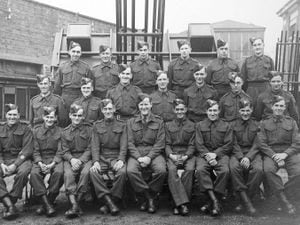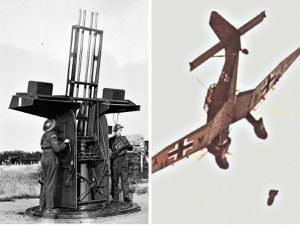From tragic child deaths to shootouts - chilling stories from the Black Country's past
From a mother drowning her young daughters to a boy brutally slaying his brother, the Black Country has a chilling past.
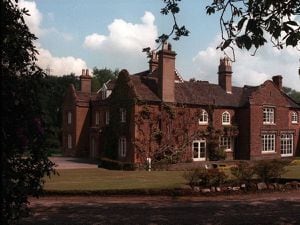
Historian Andrew Homer, author of Black Country Ghosts and Hauntings, reveals some of our area's darkest tales, such as the claims that some still see the misty form of a 14-year-old boy found bludgeoned with an axe nearly 100 years ago.
As a former secretary of the Black Country Society, Homer's passion and knowledge of the region is unmatched – and he shares all in his writings.
He said: "When it comes to dark history, the Black Country is aptly named. The fascination for me is in the often tragic stories of real people such as Catherine Eddowes, born in Wolverhampton but died in London at the hands of Jack the Ripper. Or murderer William Howe, one of the last men in England to be gibbeted when his body was encased in an iron cage and left to rot as a warning to others.
"The industrial revolution forged the Black Country, but it also forged the spirit of people who were forced to endure appalling living and working conditions. Their stories too deserve to be told."
The Black Country is has plenty of dark mysteries and tragic tales in its long past.
Coseley Canal, Dudley

On a summer's night in 1900, a mother from Hurst Hill took her two young daughters to the Coseley canal and threw them in the water.
Hannah Johnson Cox was said to be suffering 'great mental depression' when she drowned her children, six-month old Mary and two-year-old Flora.
According to West Midlands Ghost Club, her depression is said to have been caused by her husband who, upon neglecting her and their children, led them to be without a home or a penny. The judge felt sorry for her, but she was still served five years in prison.
Gibbet Lane, Stourbridge

The trees lining this serene country road, Homer revealed, witnessed a killing in 1812.
Perpetrator William Howe, a thief and a murderer, was hanged here, and was one of the last men to ever have been gibbeted - this is when the body is placed in an iron exo-skeleton-like frame so it is still visible as it rots away.
His was displayed for a year, as a warning to others, until it decomposed.
Starving Rascal pub, Stourbridge
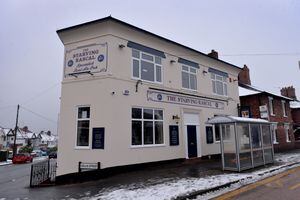
It's been standing for 200 years, and Midlands Pubs reveals the unfortunate history leading to its name, The Starving Rascal.
"Legend has it that one bitterly cold winter's night, a starving beggar pleaded with the bygone licensee for sustenance and warmth by the open fire, only to be turned away and have the door slammed shut behind him," a frame in the pub read.
"The next morning that poor beggar was found dead on the doorstep, his scrawny hands still clutching the bag of meagre possessions that had hung by his side."
The Malt Shovel, Dudley
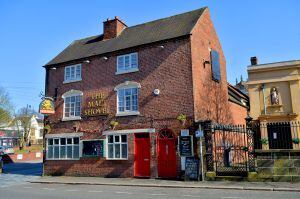
Dating back to at least 1819, the Malt Shovel is situated in one of the most haunted areas of Dudley.
In 1926, 14-year-old Jimmy Bayliss, the son of Mr and Mrs Trevor Bayliss of the Malt Shovel, was brutally murdered in his bed by his half-brother, Joseph Edward Flavell.
The left side of his face had been smashed with an axe. Joseph confessed to the murder but avoided being hanged after he pleaded madness.
Homer's book, Black Country Ghosts and Hauntings, stated that since then, a ghost known as the Blue Boy is seen in the upstairs windows of the pub as a misty form.
Himley Hall, Himley
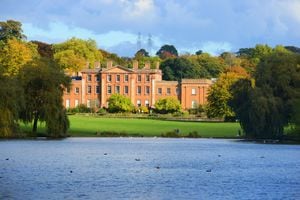
Homer's expertise spans further back to the English Civil War. He said how Charles I and his gallant men camped in the grounds on their way to the battle of Naseby.
A soldier tried to escape, unsuccessfully, and was hanged from a tree in the grounds.
Holbeche House, Himley
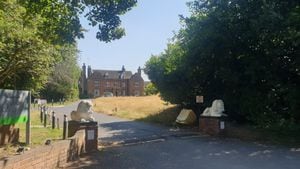
Now a care home, this 17th century building was once the scene of a bloody battle in 1605, where the last of the Gunpowder Plotters were captured or killed.
They took up hiding in Holbeche House after learning of Guy Fawkes' arrest, but were sought out by the Sheriff of Worcester and his armed men. Evidence of the shoot-out remains as bullet holes in the walls.


